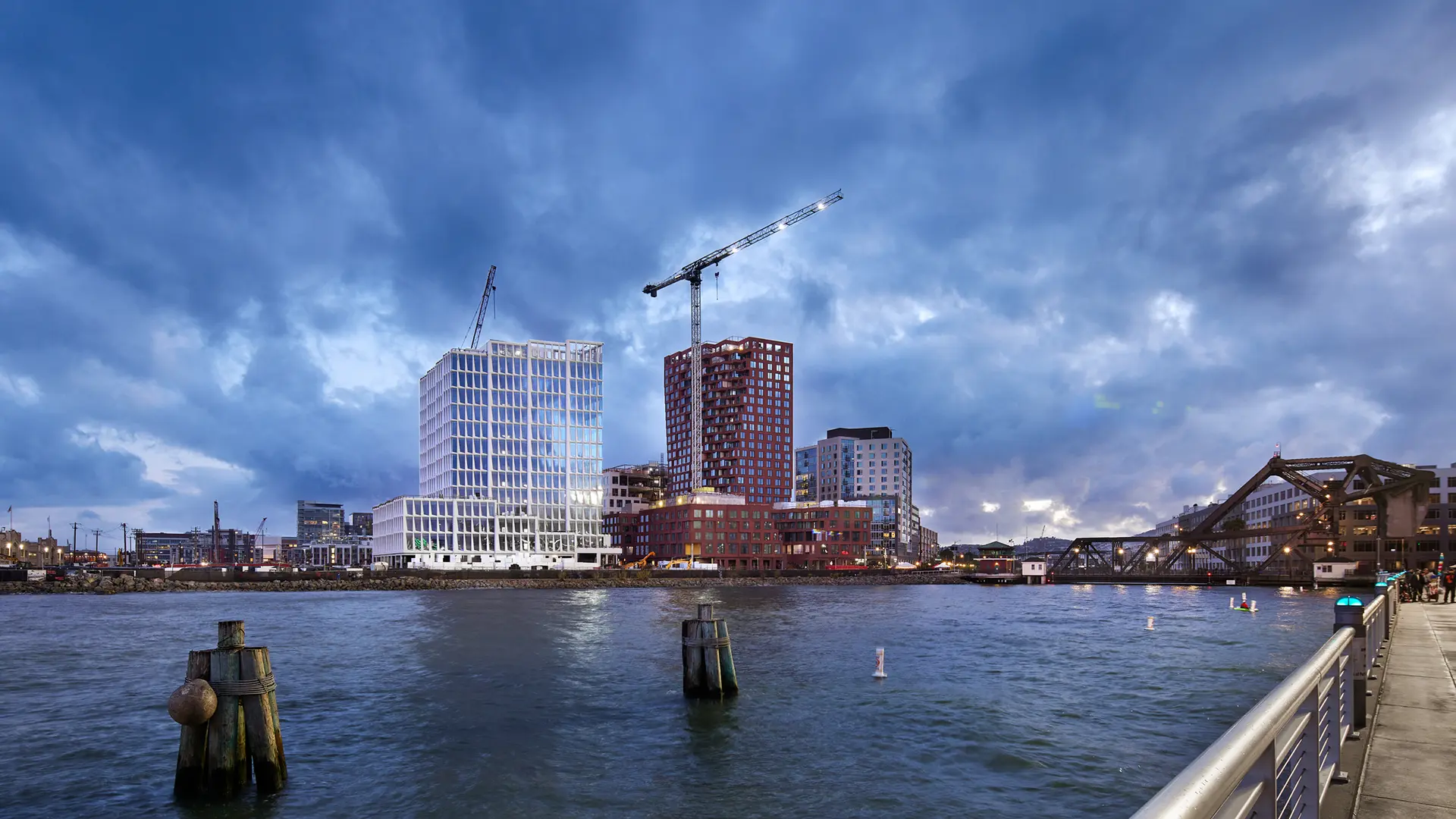How we design without drawing a line

It’s no longer just about designing buildings, it’s about creating collaborations frameworks that reflect values and local priorities. Design Principal Louis Becker explains why.
The future is impossible to predict. Even the most concrete plans must adapt to shifts in politics, society, and economics. Values, however, endure. Our projects in the coming decade show unprecedented ambition in scale, complexity, and vision. It’s no longer just about designing buildings, but about creating frameworks that reflect values and local priorities. Concept and collaboration, not concrete, comes first.
Vision and partnership competition wins make up a large portion of our upcoming works, suggesting that clients are not looking for prescribed architecture, but for a collaborative partner. We've long nurtured a democratic design process within our own office, finding that sharing ideas equally made for better work.
The same is true outside the office walls. If you work with and listen to the people you are truly designing for – the users, the community around the building – it generates a sense of collective ownership.
In Tromsø, our vision for the Arctic Museum of Norway was the result of close collaboration with the client, Statsbygg, the city, the end-users, and the co-architects. Each group's input generated new possibilities for the design - how could the city be introduced into the very heart of the architecture? How could the museum be an active part of the waterfront, not just an item placed along it? Working together helped us all to ask better questions, rather than focusing on answers that made sense to us as individuals.
If this kind of collaboration is a Scandinavian export, it's one we're proud to bring to North America. In Mission Rock, where we will contribute a 13-story commercial tower to a 28-acre masterplan, we worked with a team of four lead designers (Henning Larsen, Studio Gang, MVRDV, and WORKac) to present a united vision for developing the San Francisco waterfront. While each of our designs are distinct, they reflect core values in scale, concept, and connection to the city.
As we move forward, specialized knowledge and data analysis enable new solutions to specific problems. Our design for the Etobicoke Civic Center, scheduled for completion in 2024, started with extensive climate data taken from the site. The resulting design – a cluster of staggered towers arrayed around a large public plaza – prevents cold winds from entering the inner plaza and will raise the average temperature on the site. The data-driven design makes the Etobicoke Civic Centre a warm, welcoming landmark for the community.
Data-driven design has become and will continue to be essential in designing context-focused solutions. In Belfast, Northern Ireland, sharp seasonal winds along the River Lagan make outdoor life along the waterfront uncomfortable for more than 80 percent of the year. Our design for the Belfast Waterside masterplan came out of an intensive analysis of the thermal climate in the area, ultimately creating a design that extends the ‘summer season’ from 9 to 25 weeks.
The future holds vast potential for research, innovation and solutions that we cannot now predict. Perhaps the only thing is clear that they will not be generated alone; strong partnerships and connections to the places where we design will be key.



